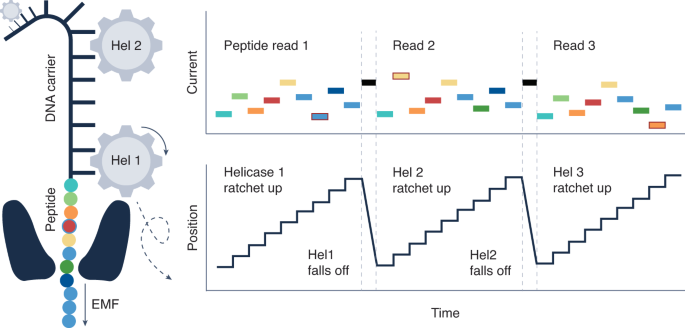Flying cars, drones, and other urban aerial mobility vehicles have real potential to provide efficient transportation and delivery solutions, but what happens if a drone delivering cheeseburgers breaks down over a city park or in the middle of a crowded street? Researchers at the University of Illinois Urbana-Champaign developed a method to measure vehicles’ ability to recover and complete its mission safely.
“Engineers build a lot of redundancy into every system, because failure is not an option when it comes to ensuring safety,” said Melkior Ornik, professor in the Department of Aerospace Engineering at Illinois. “When accidents do happen, the vehicle’s system requires a sort of rapid, real-time replanning to continue its mission or, less ideal, figure out a safe alternative mission. For example, the malfunctioning drone may not be able to reach its destination, but it has enough power to avoid a highly populated area and crash in an empty field instead.”
Ornik developed a notion he calls quantitative resilience of a control system which tries to establish the capabilities of a system after it experiences an adverse event. One scenario examined the ability to recover from the loss of an actuator — when an engine, rudder or other part gets damaged and you no longer have control over a portion of your system.
“The other cases looked at situations in which all of the actuators still work, but not at full power,” Ornik said. “Say, you’re driving your car and suddenly you can only turn your steering wheel a quarter of the way around, not all the way. We’re trying to establish how to still control the system as safely as possible after such a thing happens.”
Ornik said computing quantitative resilience is a complex task as it requires solving four nested, possibly nonlinear, optimization problems.
“The main technical contribution of this work is that we provided an e?cient method to compute quantitative resilience,” he said. “Relying on control theory and on two novel geometric results we reduce the computation of quantitative resilience to a single linear optimization problem.”
Part of the project was an industrial collaboration with Bihrle Applied Research, Inc. “This was my first experience with this type of collaborative effort. Bihrle is an aerospace company interested in tools to ensure safety of aircraft and urban aerial vehicle and be prepared for when something bad happens. This ability to work through when equipment malfunctions has real life implications.” Bihrle produced a video about the project.
The work was supported in part by United States Air Force Research Laboratory, as well as an Early Stage Innovations grant from NASA’s Space Technology Research Grants Program.
Story Source:
Materials provided by University of Illinois Grainger College of Engineering. Original written by Debra Levey Larson. Note: Content may be edited for style and length.
Note: This article have been indexed to our site. We do not claim legitimacy, ownership or copyright of any of the content above. To see the article at original source Click Here













